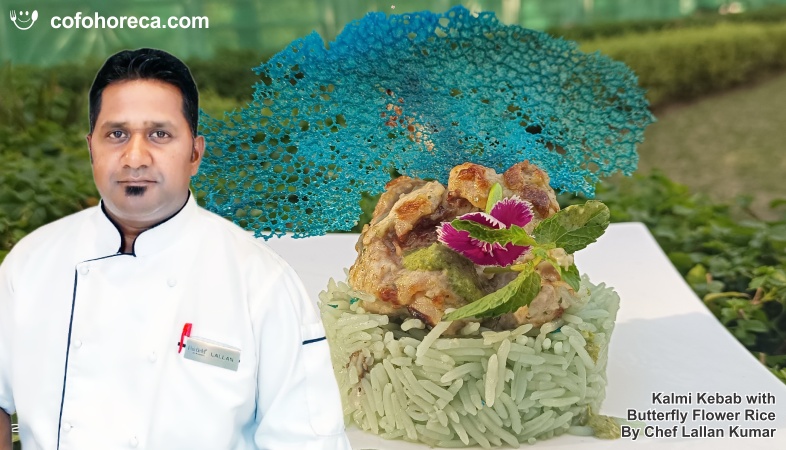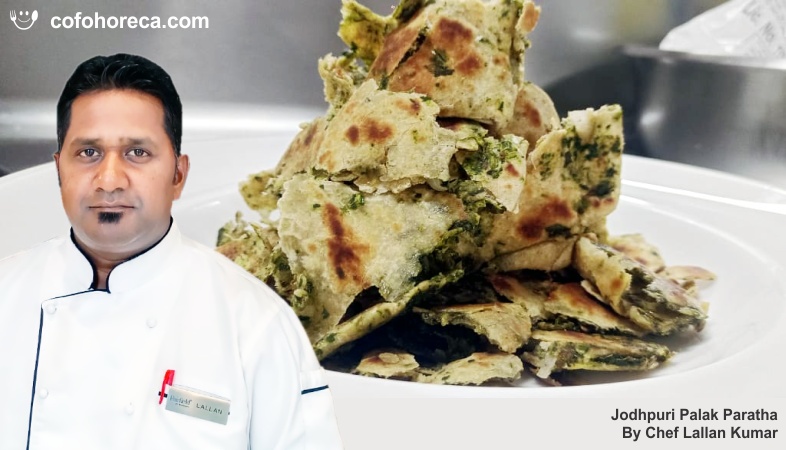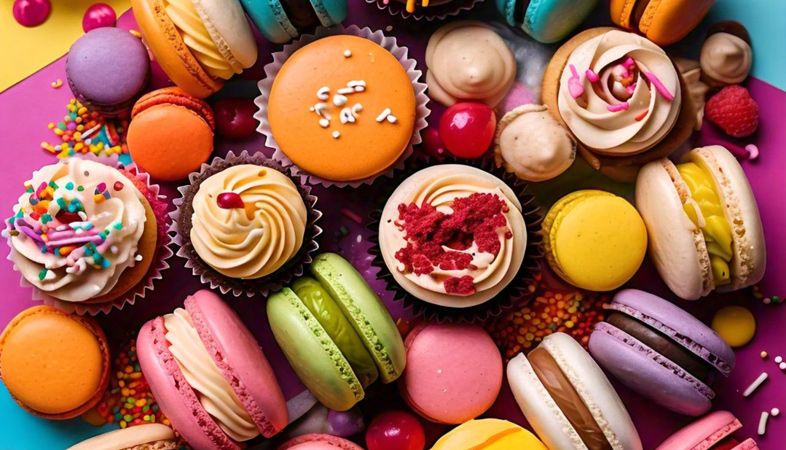SHARE
Commercials
More Posts
Feb 09, 2025
Ginger Lemon Kombucha Cooler - By Selva Kumar
May 04, 2025
Jodhpuri Palak Paratha - By Chef Lallan Kumar
Feb 09, 2025
Ginger Lemon Kombucha Cooler - By Selva Kumar
May 04, 2025
.png)



























